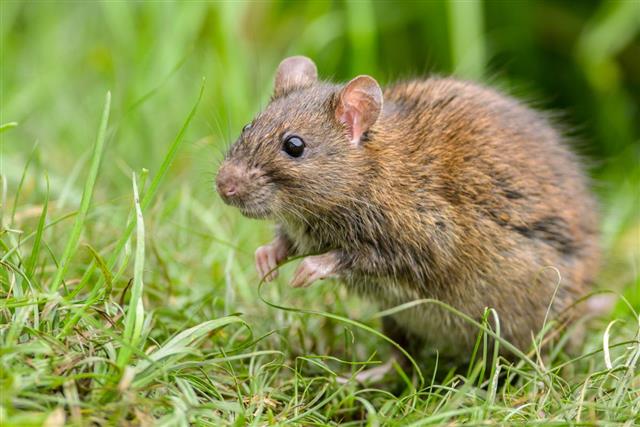
The circulatory system and the anatomy of the heart of a rat are quite similar to that of humans. The heart of a rat acts like a pumping organ, while the blood vessels circulate the blood within the body and the lungs oxygenate the blood. Learn more about the circulatory system of a rat by going through this article.
Rats are rodents belonging to the superfamily Muroidea. Their circulatory system greatly resembles the circulatory system of humans and other mammals. The circulatory system is responsible for circulating blood and nutrients throughout the body. In rodents, the circulatory system consists of a heart, blood, and blood vessels. The function of the blood vessels is to transport blood and nutrients throughout the body.
Like humans, the heart of a rat consists of four chambers. The top two chambers are called right and left atrium, while the bottom two chambers are known as right and left ventricle. Blood is consists of plasma and blood cells. The blood cells are of two types – white and red blood cells.
White blood cells are an indispensable part of the body’s immune system, while the red blood cells contain hemoglobin, which transports oxygen to different parts of the body. The blood is circulated within the body with the help of arteries and veins. The arteries carry oxygenated blood from the heart to the rest of the body, while the veins return deoxygenated blood from the different parts of the body to the heart.
Circulation of Blood in Rats
The circulatory mechanism in rats can be divided into two parts – pulmonary and systemic circulation. Pulmonary circulation refers to the circulation of blood between the heart and the lungs, while systemic circulation is the circulation of blood between the heart and rest of the body, excluding the lungs.
The deoxygenated or oxygen-deprived blood from the entire body is carried by the veins. All veins terminate into three main large veins, known as right superior vena cava, left superior vena cava, and inferior vena cava. The right and the left superior vena cava are responsible for carrying blood from the right and left side of the head and neck, while the inferior vena cava brings deoxygenated blood from the lower regions of the body to the heart.
These three main veins enter the right atrium of the heart to return the deoxygenated blood. From the right atrium, the blood is pumped into the right ventricle through the tricuspid valve. Then it is pumped into the pulmonary trunk, which branches off into the right and left pulmonary arteries. These two arteries bring deoxygenated blood to the lungs for oxygenation. This entire circulation is known as pulmonary circulation.
The oxygenated blood from the lungs is carried to the left atrium by the right and left pulmonary veins. From the left atrium, it is pumped into the left ventricle through the bicuspid valve, from where the oxygenated blood enters the aorta through the aortic semilunar valve. The aorta can be divided into two parts – innominate artery and aortic arch. The aortic arch is the portion where the aorta bends to the left. The innominate artery branches off into the right common carotid artery and the right subclavian artery, while the aortic arch branches into the left common carotid artery and left subclavian artery.
The right common carotid artery supplies oxygenated blood to the right anterior part of the brain and neck, while the right subclavian artery transports blood to the right shoulder and arms or forelegs. On the other hand, the left common carotid artery supply blood to the left side of the neck, while the left subclavian artery is responsible for carrying blood to the left shoulder and forelegs. The main aorta continues as dorsal aorta, supplying blood to the lower regions of the body. This entire circulation is called systemic circulation.
The normal functioning of the entire circulatory system depends on the health and vigor of the pumping organ, i.e., the heart, and the blood vessels. The lungs also play an important role, as they supply much-needed oxygen to the blood, which is then circulated throughout the body.
